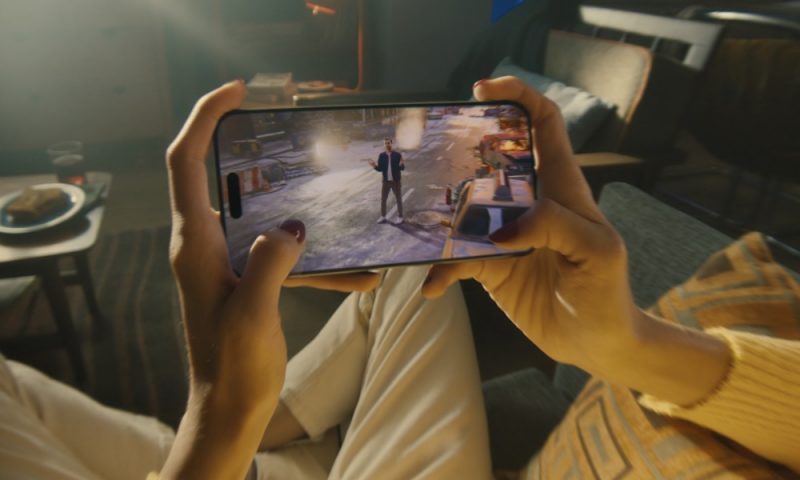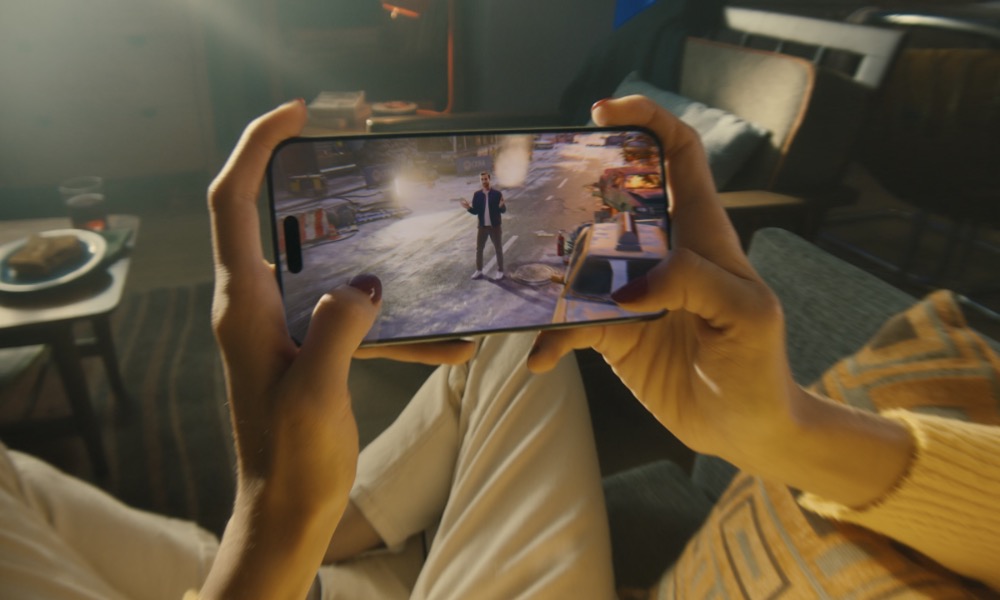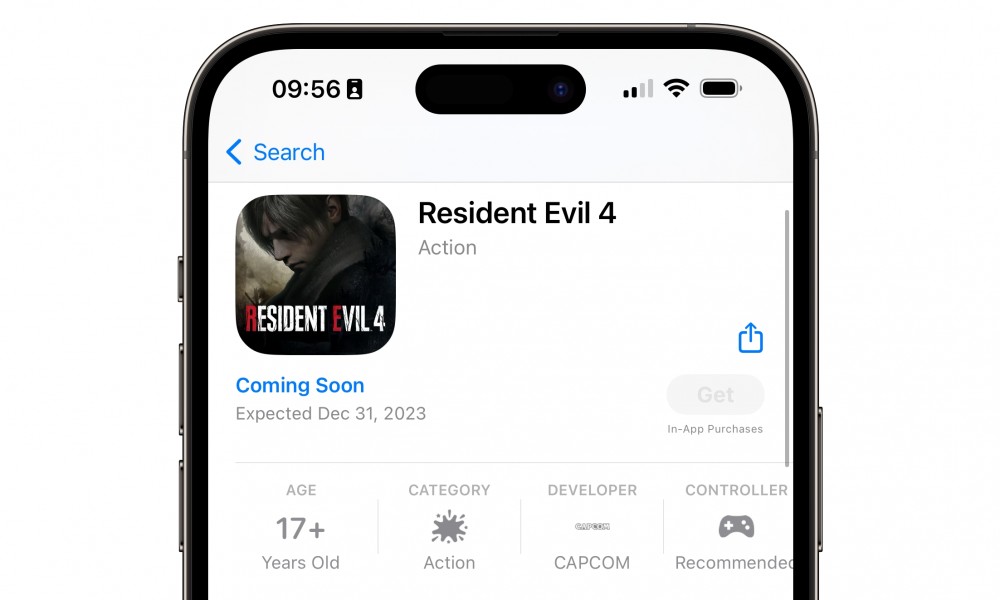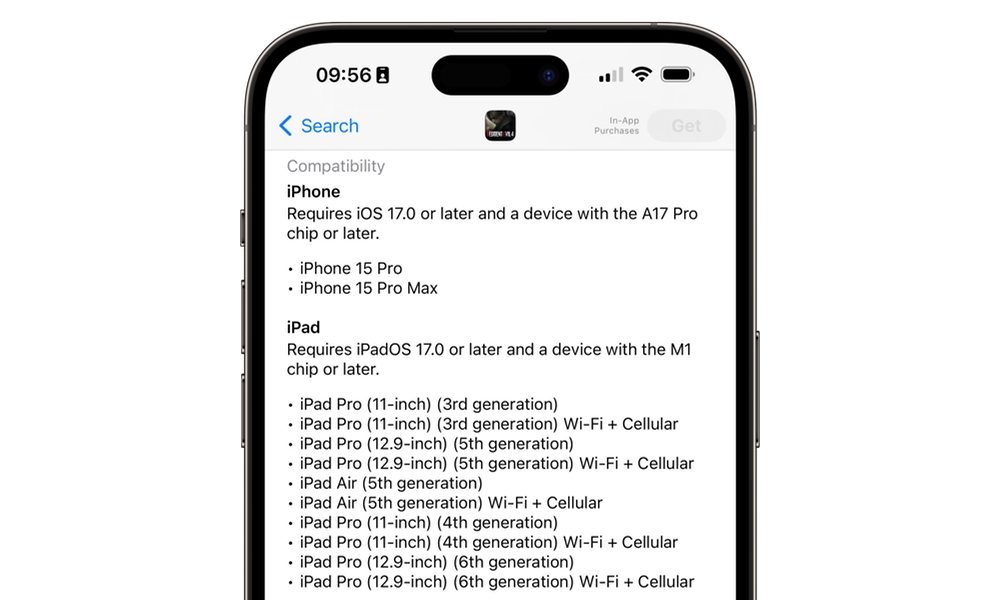Triple-A iPhone 15 Pro Games Will Come with Prices to Match


With this year’s iPhone lineup, Apple is going for a much bolder push into mobile gaming. During its Wonderlust event early his month, Apple unveiled a new A17 Pro chip in its iPhone 15 Pro and iPhone 15 Pro Max; however, unlike most recent Apple silicon debuts, this one was all about powering a whole new class of games on Apple’s flagship smartphones.
It’s clear from the name that Apple considers the A17 Pro the hallmark of an entirely new category of A-series Apple silicon. It’s the first time an iPhone chip has received a new moniker since Apple introduced the A11 Bionic with its two-core Neural Engine in 2017, ending the short-lived “Fusion” designation used solely for the A10/A10X series chips.
While the A17 Pro doesn’t do anything groundbreaking on the Neural Engine side, Apple has redesigned the GPU entirely, moving from a five-core to a six-core design. During the presentation, Apple’s VP of Silicon Engineering, Sribalan Santhanam, referred to it as “a breakthrough new GPU” that’s the biggest redesign Apple has ever made to the graphics side of a chip.
During its iPhone event, Apple pulled no punches, making it readily apparent that it considered the A17 Pro ready to handle the most demanding games developers and gamers can throw at it. With hardware-accelerated ray racing and Metal Effect upscaling that ties the GPU and Neural Engine together to produce ultra-high-quality graphics, a series of developers from Ubisoft’s Fabrice Navrez of The Division Resurgence to Capcom’s Tsuyoshi Kanda of the Resident Evil series talked about how the new A17 Pro will be capable of running their games better than ever before.

This will include full console games like Resident Evil Village, Resident Evil 4, and Death Stranding, this year, plus Ubisoft’s Assassin’s Creed Mirage in early 2024.
To be clear, these won’t be the kind of console games downscaled for mobile that we’ve seen over the past decade. They’re full ports of the PS5 and Xbox Series X versions, with the same powerful graphics and expansive gameplay.
There will undoubtedly be some minor changes required to adapt to touchscreen play. Still, plenty of game controllers are available for the iPhone — and you’ve long been able to use your Xbox or PS5 controllers with Apple devices.
If you were hoping that these might come at more affordable prices, it seems like you’re in for some disappointment; since these are full AAA console games, they’re going to carry a full AAA price tag, too.

Resident Evil 4 has already appeared for pre-order on the App Store with a placeholder release date of December 31; Capcom says a more specific release date will be announced “at a later date.” Once released, Resident Evil 4 will be available as a free download with the ability to experience a limited part of the game, but you’ll need to drop a hefty $60 as an in-app purchase to unlock the full game. There also appear to be downloadable content (DLC) packs available as additional in-app purchases.
Not surprisingly, the iPhone version of Resident Evil 4 will only be playable on an iPhone 15 Pro or iPhone 15 Pro Max since it requires the A17 Pro chip. However, the same app can also be played on M1/M2-equipped iPads and Macs, so the good news is that you won’t have to repurchase it for each platform.

The bad news is that since Resident Evil 4 uses an in-app purchase (IAP) to unlock the full game, it might not work with Family Sharing. While apps that are purchased outright are always available to everyone in your Family Sharing group, it’s up to each developer whether they make IAPs eligible for Family Sharing.
This is another area where the App Store system shows some of its weaknesses. It’s a debate we had when the App Store first debuted 15 years ago when higher-quality games began demanding premium prices — sometimes even more than their console counterparts — despite the inherent limitations of digital purchases versus physical media.
Although modern consoles have also moved on digital game downloads, eliminating the ability to take advantage of a second-hand market or swap game titles with your friends, they’re still inherently household devices where the whole family can enjoy games for a single price. Hopefully, developers like Capcom and Ubisoft will see that and avoid adopting a pricing structure that requires everyone in your family who wants to enjoy these AAA games to drop $60 to get them on their iPhone.







